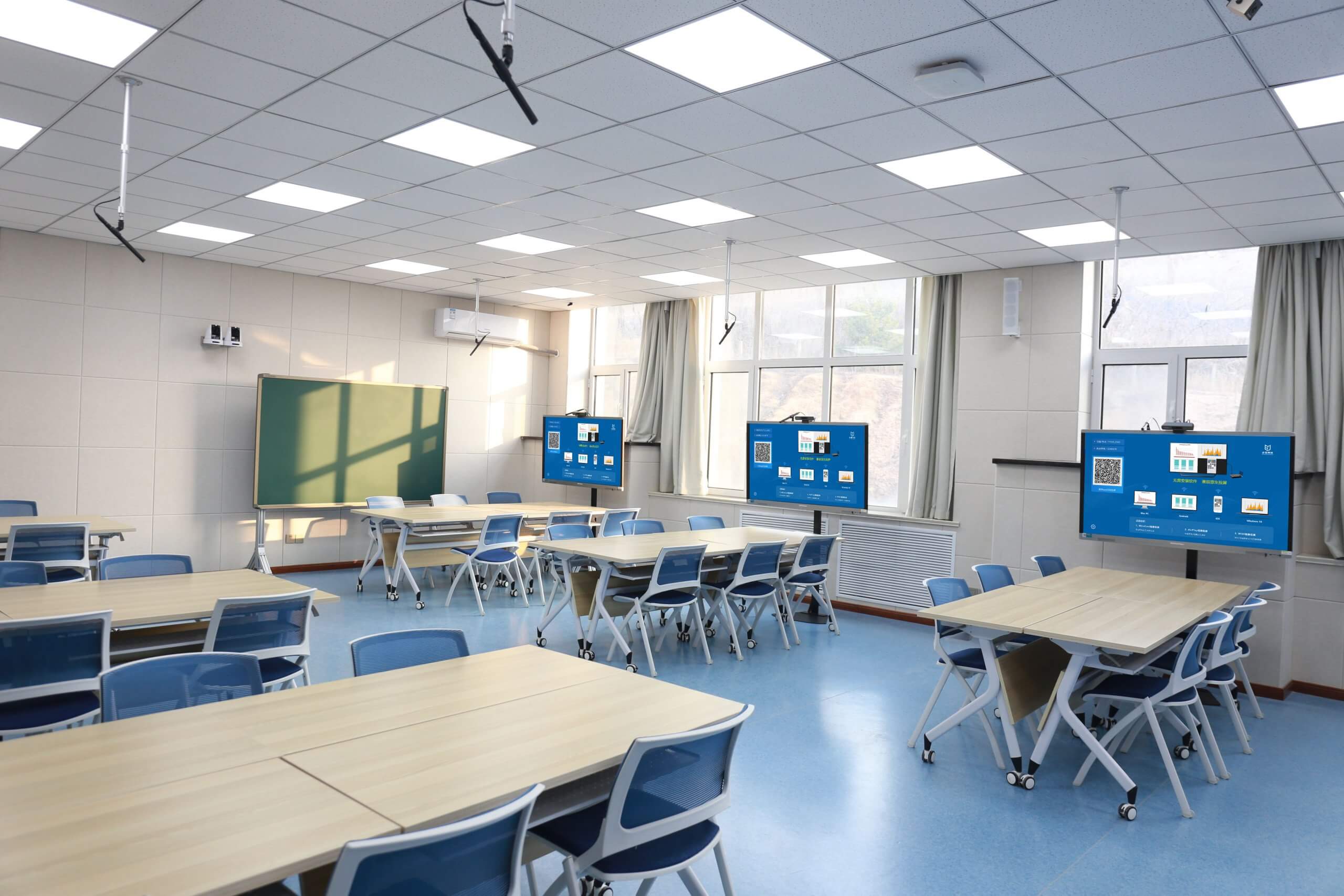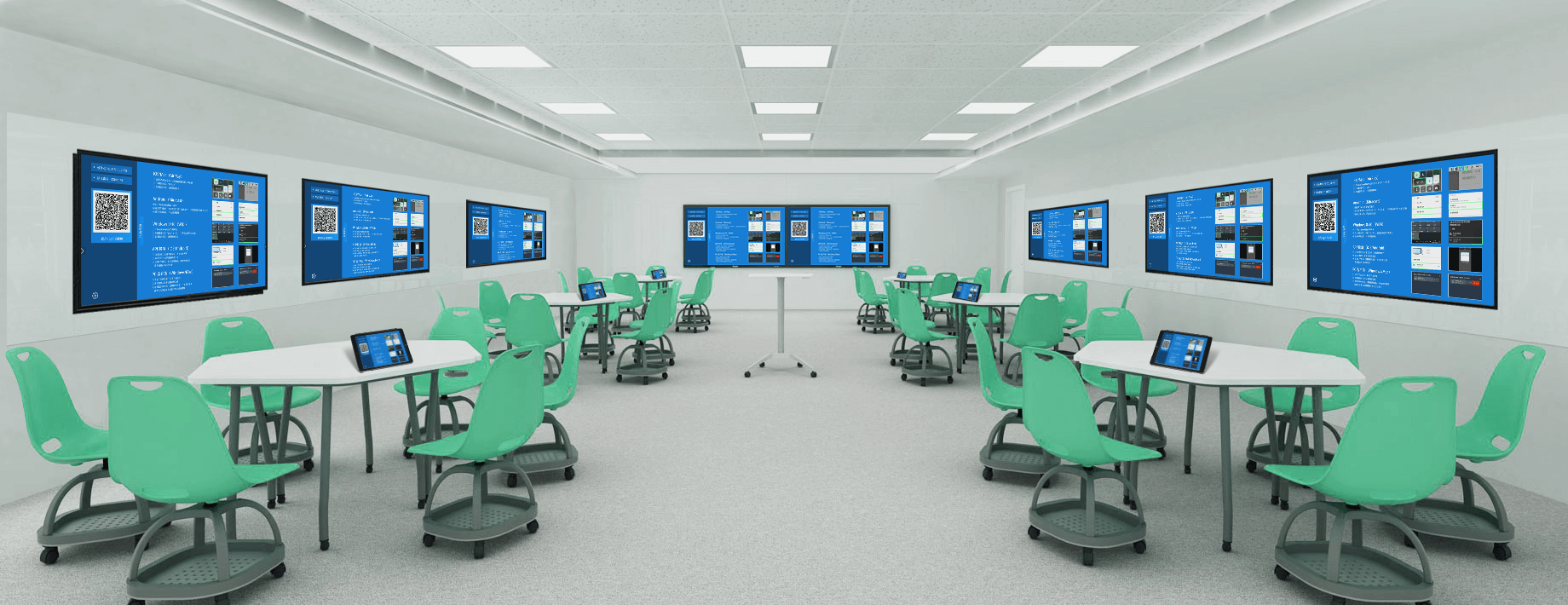Creative Tips for Safe Classroom Collaboration
One of the most important aspects of learning is collaborating. When students work together, they are able to see new perspectives and share knowledge.
This has become increasingly challenging in the midst of the COVID-19 pandemic. As an immediate response to the need for remote learning across much of the country, district leaders purchased budget-friendly student Chromebooks, and those devices will return with students as in-person learning begins again.
As classrooms across the country reopen, by leveraging these Chromebooks and other technology, along with some creative thinking, educators can take advantage of new opportunities for digital learning in a safe and collaborative way
Why Is Classroom Collaboration Important?
Collaboration is part of socialization. By planning out ways for students to interact together, creativity and critical thinking can flourish. Published research supports this point. A peer-reviewed paper, Social Network Cohesion in School Promotes Prosocial Behavior, determined that, when students have more connections with peers, they’re less likely to show relational aggression. Simply put, classroom collaboration correlates with less antisocial behavior and builds trust.
Did you know, collaboration can even drive students to work harder? One study found that pairing students in the classroom lead to the students spending more time talking about academic topics and producing higher quality work.
With such positive outcomes of students working in groups, it’s essential to keep this dynamic in the classroom. So, how can you do it safely during a pandemic?
Technology’s Role in Smart Classroom Collaboration
BiJie offers several tech tools that can assist with encouraging collaboration in the time of COVID-19. First, a wireless screen mirroring device makes teachers more effective by moving them from the front of the classroom and into the classroom to connect and collaborate with their students. Teachers can more easily adjust to social distancing protocols, and even in some cases adjust to a hybrid model of learning that places some students outside the room.
To complement this device, Classroom Commander delivers classroom orchestration for Windows 10 and Chromebook one-to-one classrooms. The proliferation of the use of Chromebooks, prompted us to ensure that it was a device that was compatible with our technology platforms.
Capabilities include student screen monitoring, allowing teachers to check in on group work without physically being in front of the screens. Students can present to the classroom display from the safety of their desk. Additionally, instructors can blank screens, lock keyboards and launch URLs to one screen, a group or the entire classroom.


